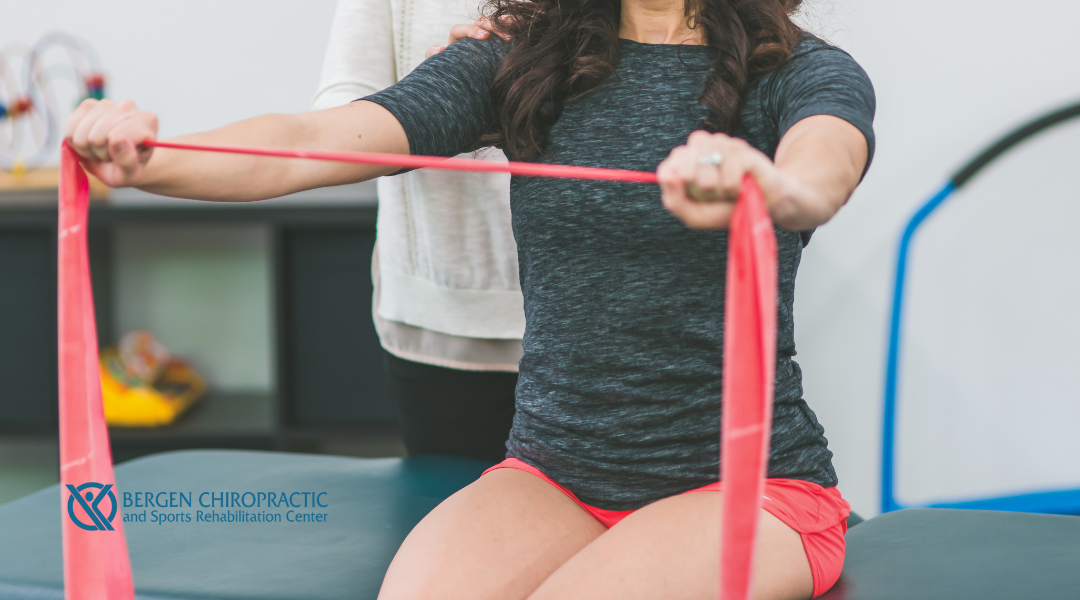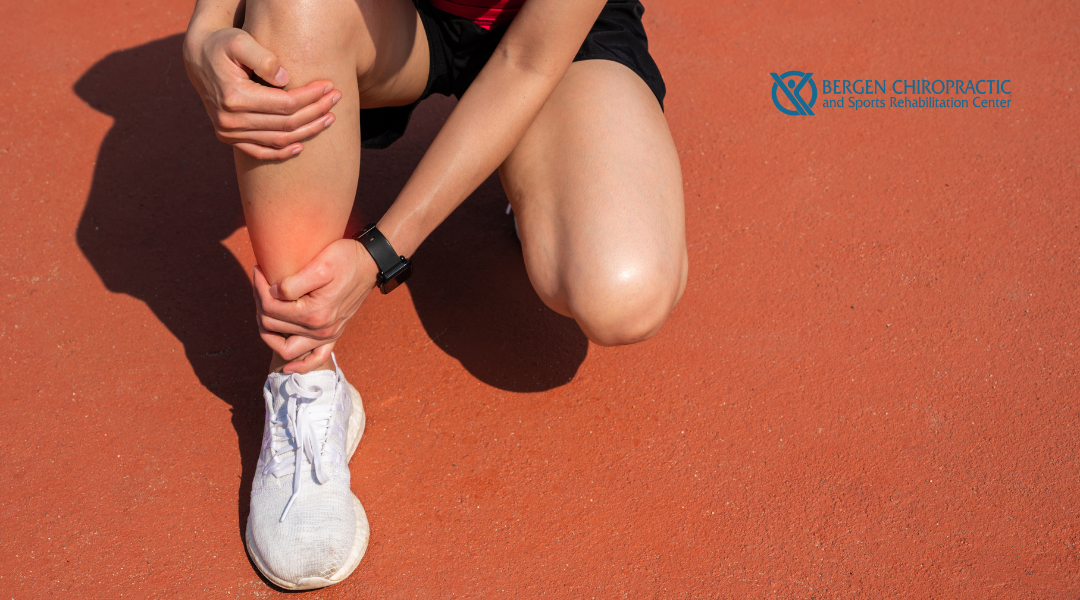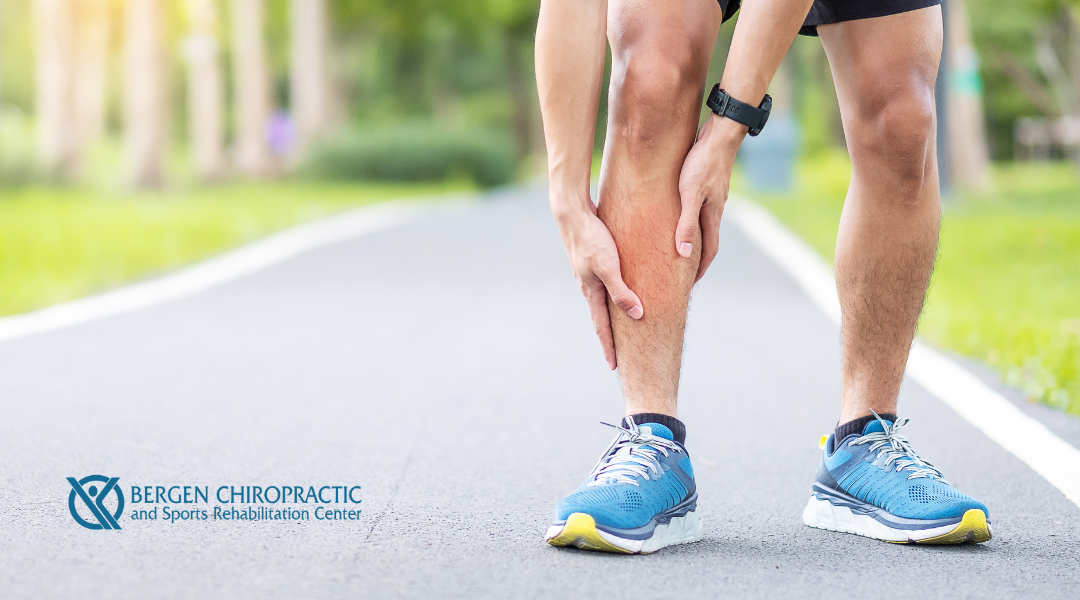Cold temperatures restrict circulation, tighten soft tissues, and make joints feel stiffer and more swollen—especially for those with arthritis or old injuries. This article explains why winter increases inflammation and how chiropractic soft tissue treatment helps reduce swelling, improve circulation, and restore mobility throughout the colder months.
Can Chiropractic Care Help You Run Safely in Cold Weather?
Cold weather running places extra strain on muscles, joints, and movement patterns. Chiropractic care helps runners maintain alignment, mobility, and circulation to reduce injury risk and stay strong throughout winter training in Bergen County.
Total Body Healing in Bergen County: The Power of Combining Chiropractic and Physical Therapy
True recovery means more than easing pain — it means restoring alignment, rebuilding strength, and helping your whole body move and function better. At Bergen Chiropractic, patients across Bergen County benefit from the powerful combination of chiropractic care and physical therapy. This integrated approach creates faster healing, improved mobility, stronger movement patterns, and long-term injury prevention for athletes, active adults, and anyone seeking total body wellness.
Your Post-Surgery Chiropractic Recovery Partner in Bergen County!
Recovering from surgery takes more than rest, it requires proper alignment, guided movement, and targeted therapies to rebuild strength and mobility. At Bergen Chiropractic, we support Bergen County patients through every stage of post-surgical healing with chiropractic care, advanced therapies, and personalized rehabilitation designed to help you recover faster, move comfortably, and return to the activities you love.
Massage Before or After Chiropractic Care? The Ultimate Guide to Maximizing Your Treatment Results
Unlock the perfect sequence for your body’s healing. Discover whether a massage before or after chiropractic care gives you better pain relief, smoother adjustments, and longer-lasting alignment—all backed by science and clinical insight.
Winter Sports in Bergen County | Sport-Specific Chiropractic Exercise Programs for Safe and Powerful Performance
Winter athlete conditioning, sport-specific chiropractic care that prevents injuries, improves balance and coordination, enhances performance, and supports recovery for skiers, snowboarders, and hockey players in Bergen County
How Bergen Chiropractic Helps Families Prevent Fall Sports Injuries: Proactive Tips for Kids, Teens, and Adults
From soccer to tennis season, fall brings plenty of action — and injury risk. Learn how Bergen Chiropractic supports kids, teens, and adults with personalized chiropractic care that prevents fall sports injuries and keeps your family moving safely.
Physical Therapy at Bergen Chiropractic: Meet Dr. Daniela Simancas, Your Local Expert in Family Wellness and Athletic Recovery!
Bergen Chiropractic is proud to expand our services with the addition of in-house physical therapy, led by Dr. Daniela Simancas, PT, DPT. Dr. Dani brings both professional expertise and a passion for movement to our community. Whether you're recovering from a sports...
Preventing Shin Splints: Tips for Student Athletes Heading into Sports Season
Shin splints are one of the most common overuse injuries student athletes face at the start of sports season. From sudden training increases to poor footwear and tight muscles, the risk factors are everywhere. At Bergen Chiropractic, we help athletes stay ahead of shin pain with targeted stretches, strength routines, proper alignment, and customized care plans designed to keep you healthy, mobile, and performing at your best.
Shin Splints Causes: What Every Student Athlete Needs to Know
Shin splints are one of the most common and frustrating injuries for student athletes. That sharp or aching pain can disrupt training, affect performance, and even sideline you during the most critical parts of the season. But here’s the good news: most cases of shin...










